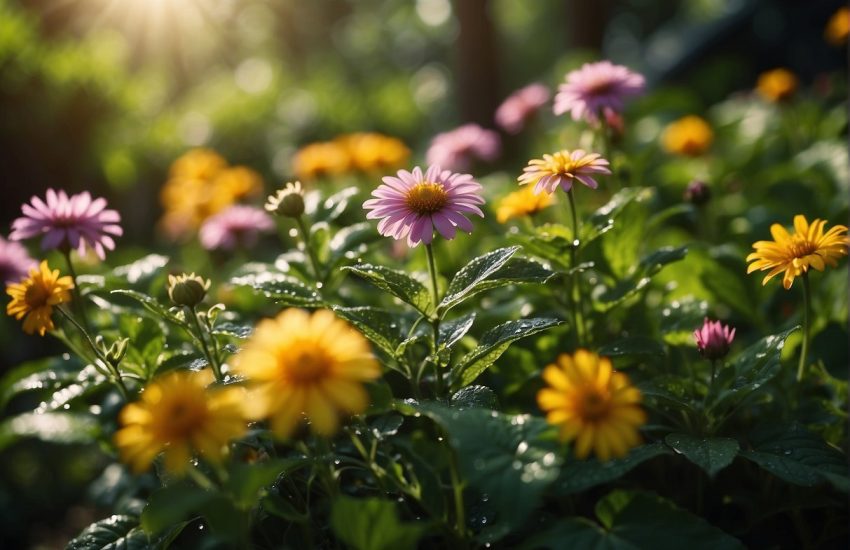Best Flowers For Gardening
Having a garden is really nice and enjoyable. This green area, which we can decorate and use as we see fit, is a gift if we want to disconnect from our routine for a while, relax, have a drink with friends or just spend some zen time alone and enjoy the natural space. However, maintaining our outside zone also requires some work. To save some time, we are going to talk about what are the best flowers for gardening.
If you want a beautiful garden that doesn’t require much work, keep reading. When planting flowers for gardening, there are several aspects to consider:
- The flower’s tolerance to climate, environment, and sunlight.
- Frequency of watering.
- Amount, frequency, and type of subscriptions.
- Space required.
- Risk of disease and pest infestation.
Of course, each species is different and requires special care. While it’s true that all plants need us to give them minimal time, some are more resilient and less demanding than others. The key to creating a beautiful, low-maintenance garden is to choose those flowers that we like physically and that don’t need much attention to develop and thrive. Of course, we will always have to do a little work on our part.
The 14 Best Flowers For Gardening
Every gardener wants to turn his plot into a paradise with colorful flowers and fragrances. The main helpers in this are flowers that bloom all summer long.
For an impressive result, you should think beforehand about the overall picture of the gardening of the plot. Before you go shopping for seeds, it is useful to draw up a plan for your flowerbeds on a piece of paper.
So it will become clear what kind of seeds and in what quantity is needed. This will help to take into account the peculiarities of the plot – how many places for planting are shaded, and how many fall under direct sunlight. Focusing on the made plan, it will be easier to choose the right seedlings.
To help you choose flowers for gardening we’ll make a short list to find out which flowers are the best for the garden, giving a total of 15 different sun-tolerant and bright flowers as examples.
See Also: Benefits of a Flower Garden
Poppy Flower
Poppy flowers are an example of how beauty and simplicity can be combined at the same time. Its bright and airy petals draw the eye, and its unpretentious care is surprising. The poppy has many original colors.

Delphinium – Best flowers for gardening
This representative of the buttercup family includes more than 400 species. The plant is adapted to both shade and semi-shade. From direct sunlight, on hot days, the delicate petals of delphinium can suffer. If in time, after they have bloomed, remove the flower stalks, the plant will bloom even in the fall.
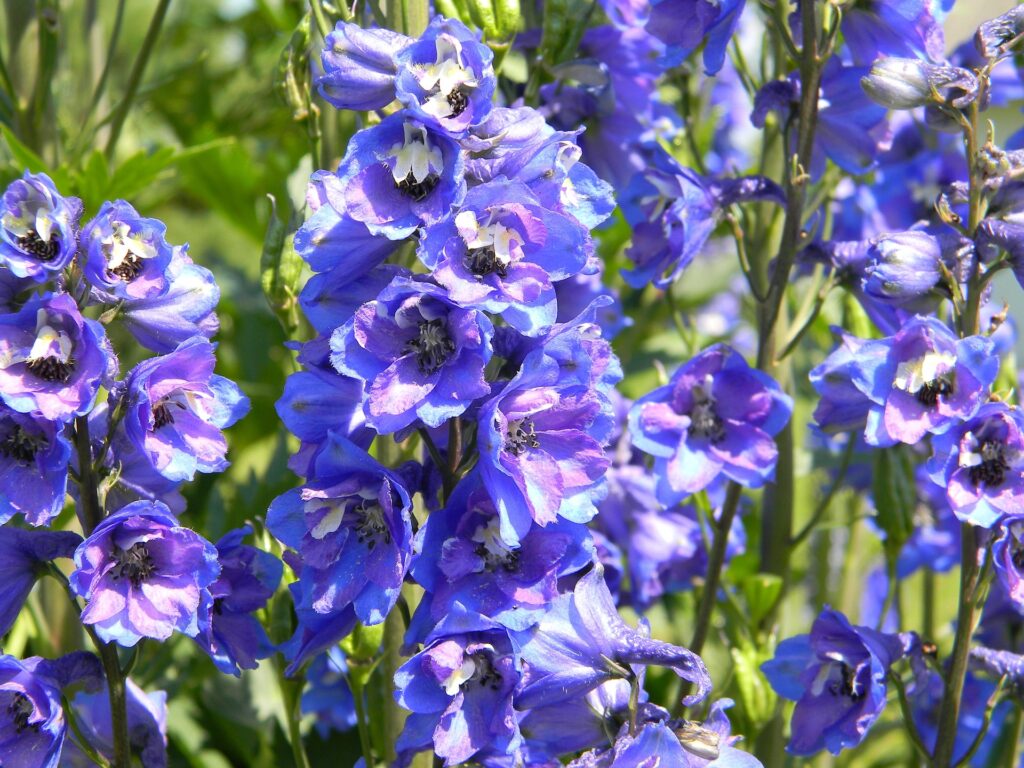
Rose
Speaking of flowering plants, it is impossible not to mention the queen of flowers. The rose rightly bears its name and is a sign of the good taste of the owner of the garden. Thanks to good care, you can grow a luxurious rose bush on your plot, with bright, large flowers and exquisite fragrance.
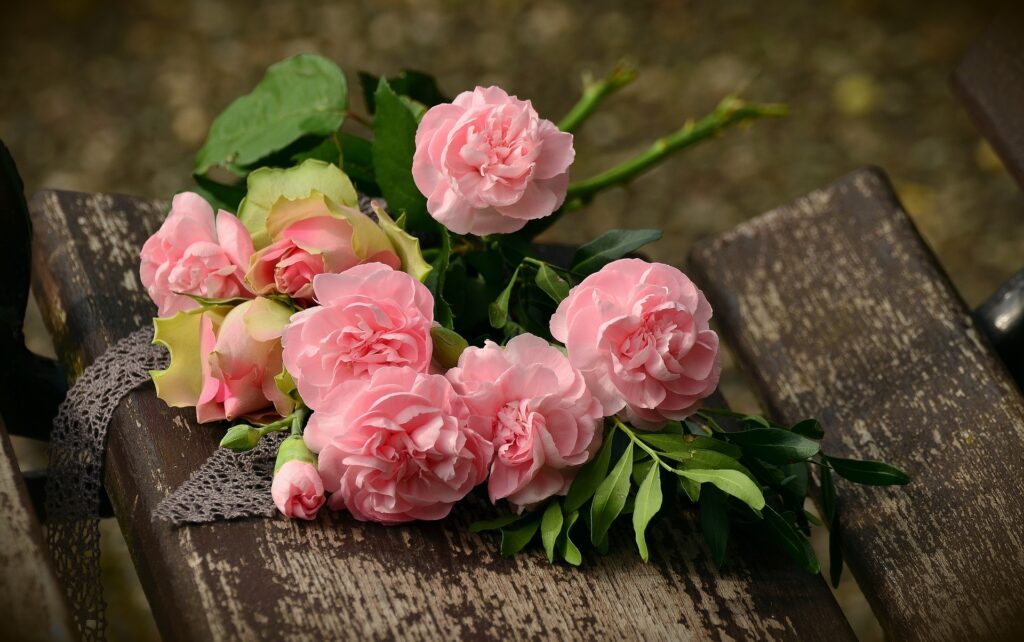
Hydrangeas – Best flowers for gardening
Hydrangeas are some of the nicest plants we can get. They are very easy to grow, whether potted on the garden floor and when they begin to bloom, they become a visual spectacle that will not go unnoticed. It is important to place these flowers in shade or semi-shade, but never in full sun. Otherwise, the leaves of these plants would turn yellow. The best thing we can do to take care of them is to plant them in acidic soil, make sure it is always moist, and prune the withered flowers.
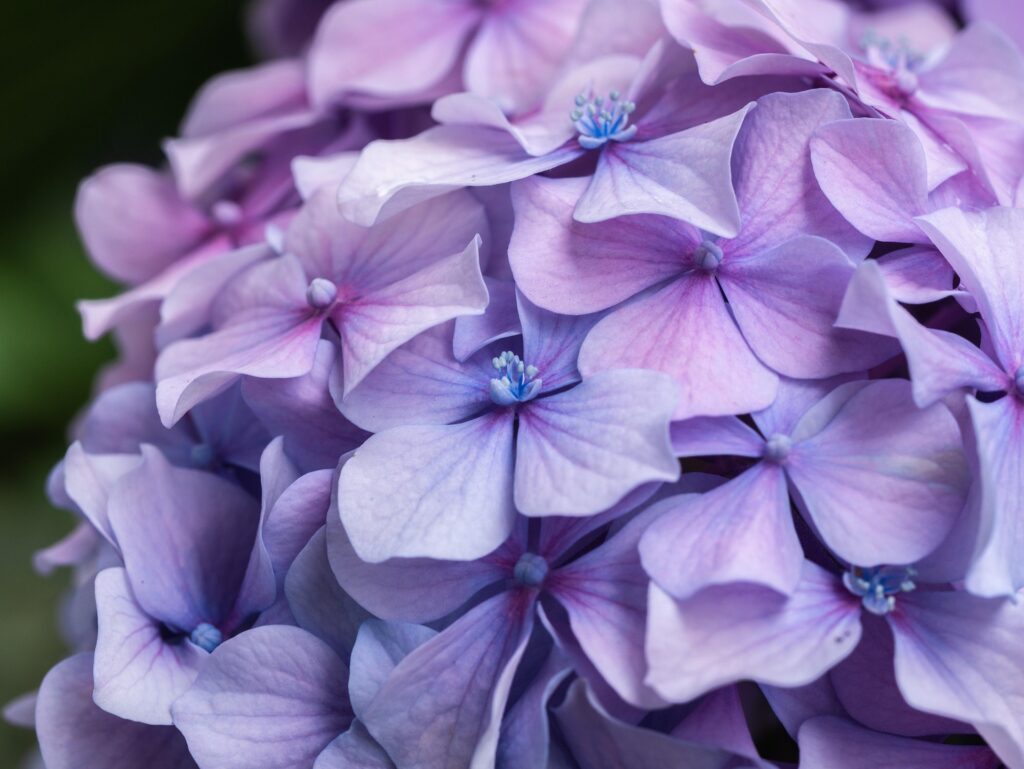
Lavender
Also, lavender is one of the favorite plants in the garden that doesn’t require much attention. The most characteristic feature of this flower is its intoxicating, relaxing scent. This fragrant flower has beautiful blue to purple flowers. Because it needs lots of sunlight, it is ideal for sunny patios and gardens. It should be noted that not only is it suitable for sunny summer days, but it is also very hardy in winter. It is enough to water a couple of times a week.
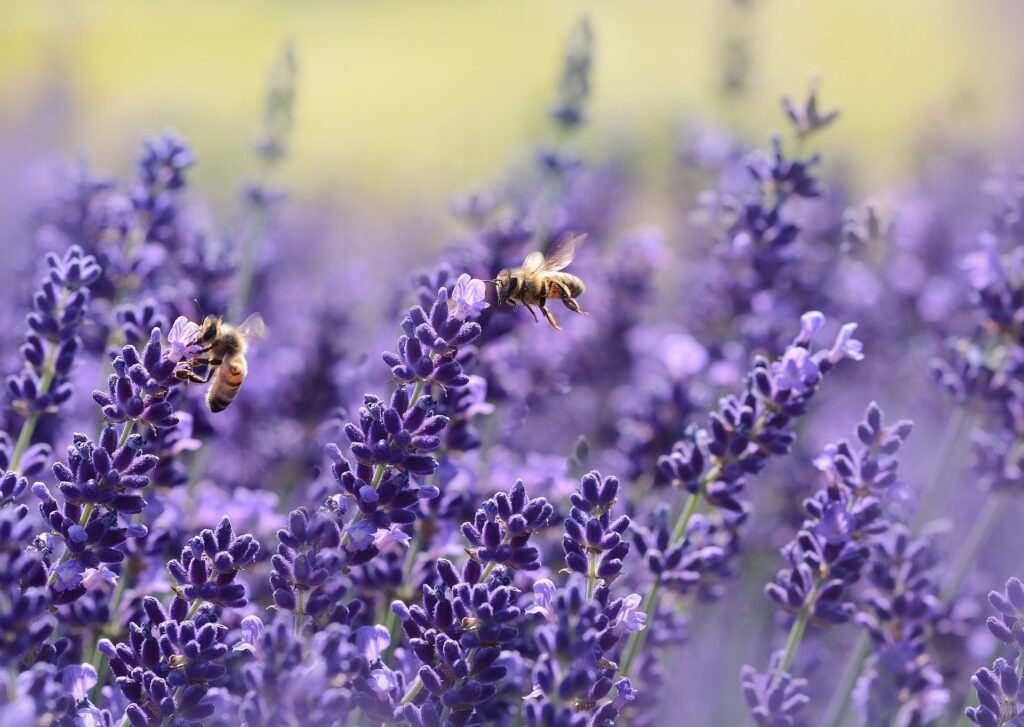
Geraniums
You can’t miss the geraniums. They are very persistent flowers that love the sun. They are very easy to care for, so they are great plants for beginners and for people who have little time for gardening. In addition, we can find these beautiful flowers in an endless variety of colors. The most important thing to remember with geraniums is that the soil should always be moist during the summer and that they should be pruned in the fall.
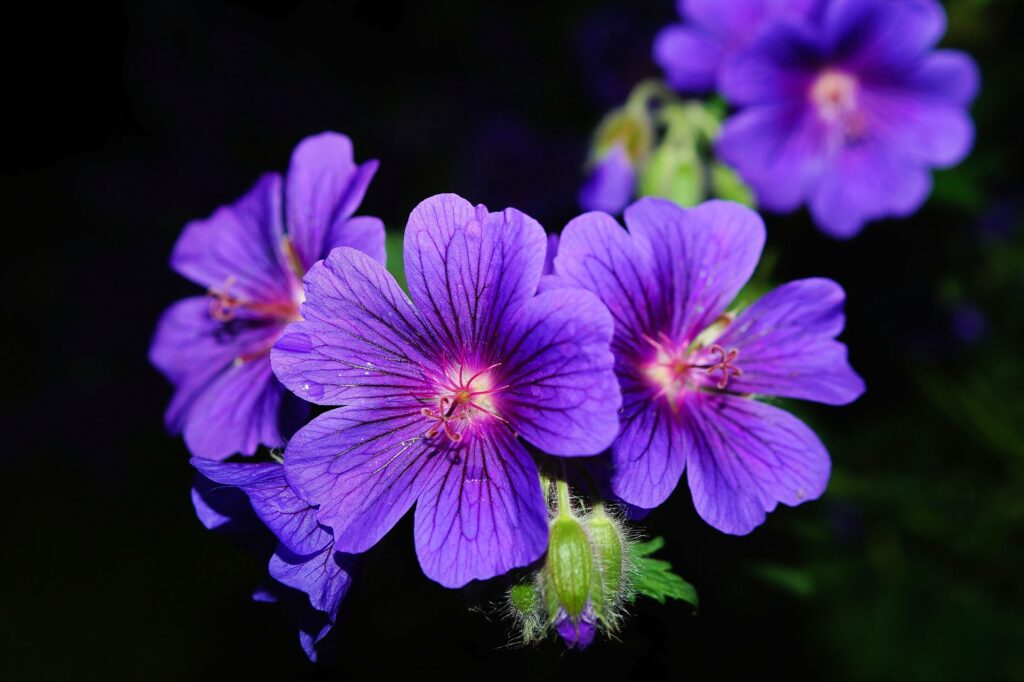
Glycine – Best flowers for gardening
Glycines are climbing plants that are commonly used to decorate flower tunnels and porches. They stand out for their incredible beauty, consisting of dangling tufts and unforgettable pinkish-purple petals. When we combine this with the enchanting fragrance they emit, a truly magical and beautiful atmosphere is created. As a rule, they do best in a sunny environment but are still able to withstand frost. As for caring the most important thing is that they don’t get dehydrated, especially in the summer. It is best not to allow the soil to dry out completely.

Gardenia
Another example of a beautiful, easy-care flower is the gardenia. They are a little more demanding than the others we have talked about so far. Its ideal temperature is about 18 degrees, which is quite average. But we have to be vigilant because depending on the area in which you live, the temperature may be too extreme for this flower. It is also important to note that they need light for proper growth and development. However, excessive cold and heat can be fatal for the gardenia. As with others, its soil should always be moist, but without overwatering. Although they are a little harder to carry, they are worth it.
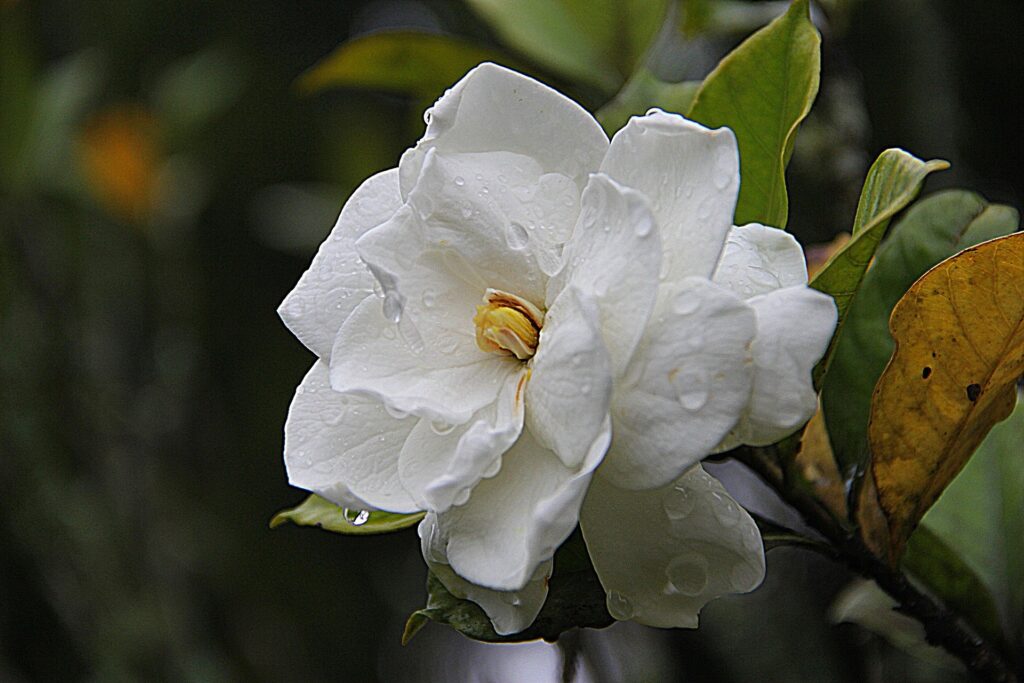
Botanical Tulip
Tulips should be planted in autumn. Tulips reach a height of up to 50 cm. Grow in a place open to the sun, the soil should be saturated with useful elements and water, but in summer it is better to keep it dry, in spring medium moistened, without stagnant water. Planted in groups in flower beds or rainbows, well suited for rockeries, as an addition to the lawn, and to grow in vases. The advantage of this flower is that it has any possible color, so based on individual preferences, for landscape design, you can pick the right shade.
Unless you can not find a blue, breeders have tried, and you can choose many others: by the shape of the petals, height, and color. This type of tulip does not require the annual digging of the bulbs. You plant them in one place, which you choose, and they will grow there year after year, gradually growing and giving more and more flowers, it will look very spectacular.
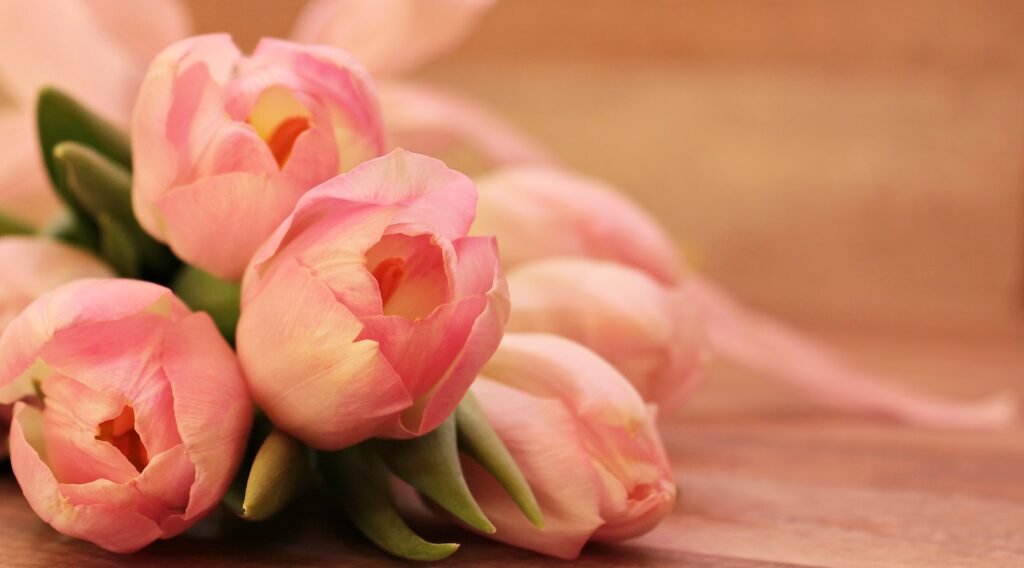
Jasmine
Finally, we have jasmine. This flower with beautiful white flowers can be grown in pots, although there are also climbing species. Whatever it is, it is important that they be exposed to direct sunlight. In summer, jasmine needs to be watered every two or three days. In winter, on the other hand, it will only be necessary when the ground is dry.
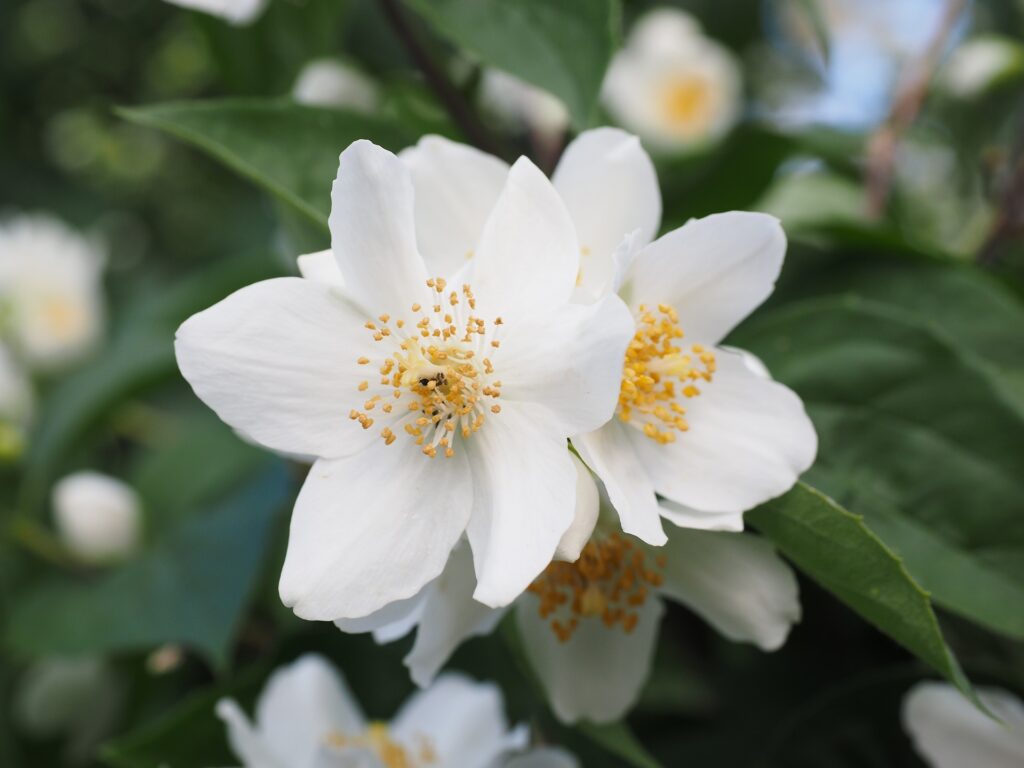
Peony – Best flowers for gardening
For the sake of beautiful thick peony caps we look forward to the end of spring and the beginning of summer: Its huge buds bloom in May and June. Peony bushes grow up to 60-80 cm in height and can enjoy flowers for many years in a row. Peonies are easy to grow. Taking care of them involves winter mulching in those cold climatic zones where snow does not cover the ground enough. The main part of the care falls in the spring when you need to prepare the plants for growth and flowering.
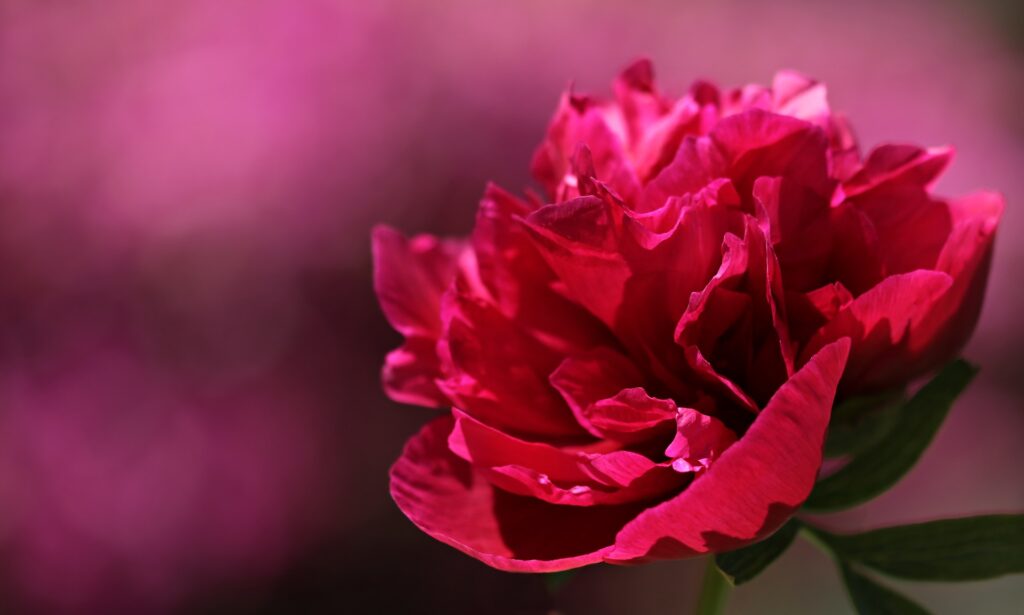
Lilac
A versatile flowering perennial for the country house, blooming in the very middle of summer, in July. Blooms for a long time: a three-year-old plant for 1-1.5 months can bloom an average of 50 flowers. Growth of an adult plant varies: from 30-50 cm (dwarf varieties) to 80-100 cm (tall varieties). Lilies look best in solitaire (single) plantings. They are winter-hardy (however, some varieties are covered with insulated with peat compost, drought-resistant and hardy.
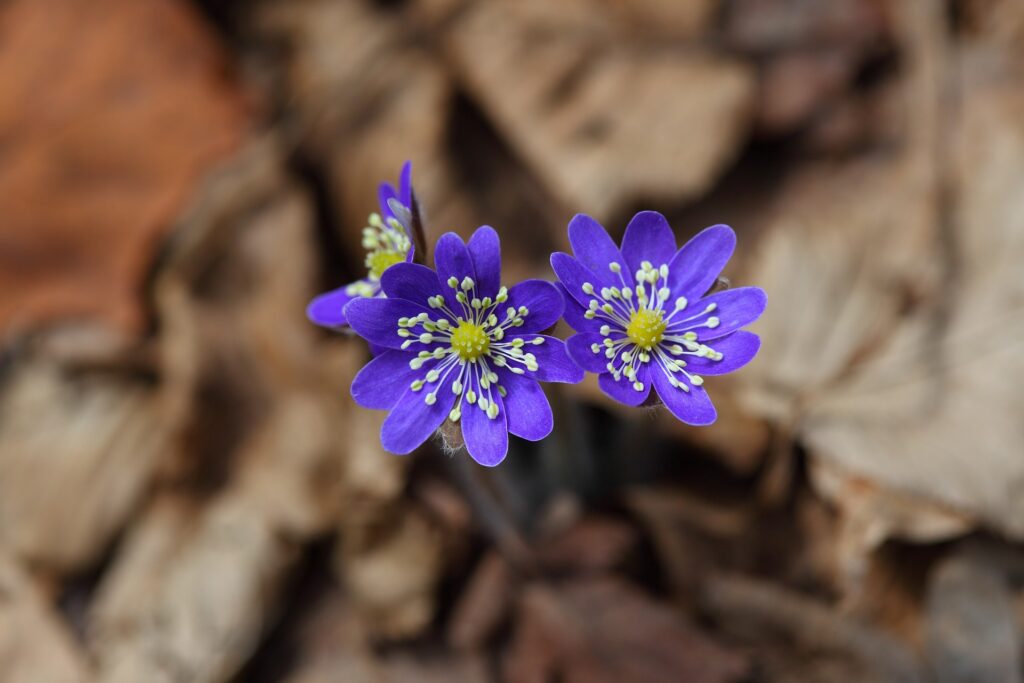
Salvia – Best flowers for gardening
Depending on the species and variety, Salvia can reach a height of 30 cm to 1.5 m. The thick, pointed inflorescences almost completely obscure the leaves. The flowers themselves can be of various shapes and colors: red, lilac, blue, yellow, purple, white, or pink. When they bloom in June, salvia continues to bloom until the first frost.
For the sage, choose a sunny location with very well-drained soil of medium fertility. In partially shaded areas, the plant may overgrow. Watering of sage is minimal. It does not tolerate stagnant moisture and rarely needs watering (mostly only after planting). Soil prefers rich in humus, loamy, and moisture-absorbing. Salvia gravitates toward an acidic environment. The best composition of soil for it is light soil fertilized with peat, with the addition of sand.
During the growing season, Salvia should be fertilized several times with complex and mineral fertilizers. The first time feeding is given at the beginning of seedling growth (using growth stimulants), and the second time – is during the budding period.
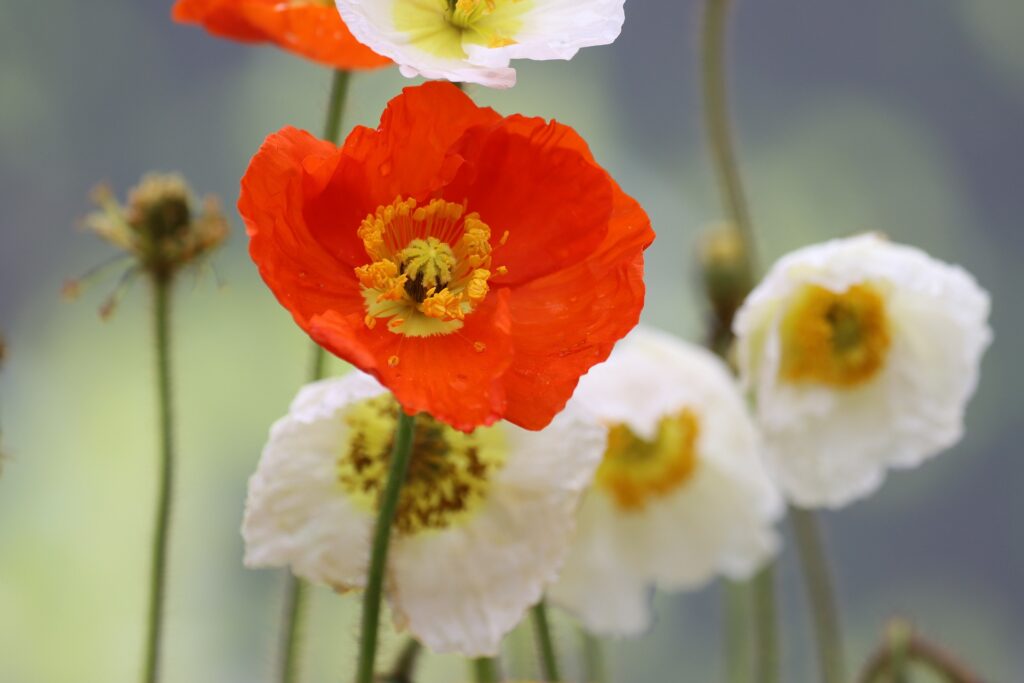
Aster perennial
A chamomile perennial with star-shaped flowers. Asters bring a rich palette of bright colors and pastel hues to the garden in late summer and early fall when many of the summer flowers have already wilted. Asters can reach a height of 90-120 cm. Grow perennial asters in sunny, well-moistened (but not damp) areas. In one place aster can grow up to 6 years.
Care for perennials is not complicated: loosening the soil layer (try not to affect the root system) and treatment with drugs against diseases – grey rot and powdery mildew. Gray rot can be controlled with insecticide sprays and soap (soap will help if you start early and apply it throughout the growing season).
Gray rot does not usually damage aster flowers, but should be controlled nonetheless. In hot, dry summers, aster will require care: watering at the base of the stems. Never spray water over the foliage! Getting water or fertilizer on the leaves promotes powdery mildew and other fungal diseases. If the plant gets too much moisture or, on the contrary, underwater, it will lose its lower leaves or bloom poorly. Keep an eye out for any stressors in the aster. Try a different watering method if the plant is dropping flowers.

FAQ
How to care for flowers in your garden?
Regularly water your flowers.
Use the right fertilizers.
Your flower garden should be weed-free.
your flowers with mulch.
Give them ample exposure to the sun.
Eliminate and manage pests.
disease prevention and management.
Defend your flowering plants against animals.
How do I pick the right flowers for my garden?
Determine your climate zone, which will tell you when the last frost was, to determine what you need to plant. Check the plant tag for the plant you want to grow right now, or look online for plants that can thrive in your region. Or determine whether it requires full sun or shade, match the location where you want to plant it, and determine any additional requirements (if any). Then proceed as necessary.
When should I plant flowers?
Learn about the climate or hardiness of your region before you plant. Because some annuals, such as pansies and violas, can withstand a light frost, while tender and tropical plants must wait until the frost has passed before being grown. The optimum seasons to plant perennials are often fall and spring. Bulbs, on the other hand, have their own schedule. For planting, summer bulbs prefer the early spring while spring bulbs require the fall.

